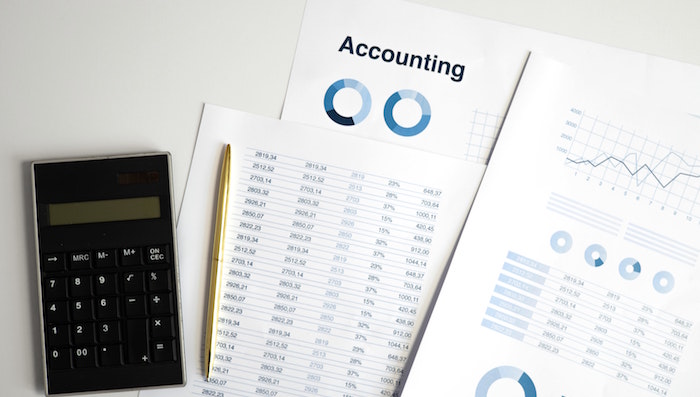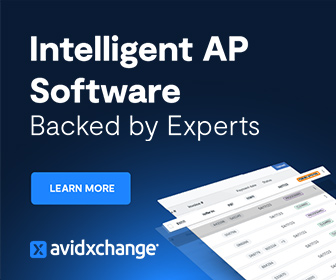Whether you set out to achieve compliance with ASC 842 and paused when the regulation date shifted, or this is your first time preparing for compliance, your options continue to grow. Though you may have gotten a lifeline from the delay, you still can’t ignore the fact that adoption and compliance will be challenging.
In anticipation of our exciting new event on April 22 featuring the Lease geniuses at LeaseAccelerator, we are continuing our deep dive into the changes and challenges you’ll face on the road to compliance.
Planning Your Transition: Eight Steps You’ll Need to Take
Complying with the lease standard will undoubtedly present challenges, but a proper path to implementation will save you money in the long run. To make this happen, a recent guide from LeaseAccelerator recommends that private companies take the following eight steps:
1) Create a Lease Lifecycle Project Team
Before taking steps to restate leases, change processes, and operate, you’ll first want to create a team. This team will lead the way in the implementation, overseeing the transition process, establishing timelines, and taking full responsible for timely and effective completion of the project. Include people from Finance/Treasury, Lease Administration, IT, Accounting, and other business units. Consider creating specialized teams for specific asset types as well.
2) Deploy Software Designed for Your Processes and Portfolios
The standard is complex, there’s no doubting that. Spreadsheets and outdated tech are unlikely to do the job, and it’s critically important to acquire software specifically for your unique requirements. This software captures data and documents while maintaining audit trails.
3) Establish a Totally New, Retrospective Lease Information Database
One of the technical challenges you’ll face on the way to compliance will be to establish an entirely new lease information database. This will ensure that everyone has the right information at their fingertips and helps to provide accuracy.
4) Build a Reports Library and Automate the Distribution of Reports to Stakeholders
Create a set of reports that allows you to report on and analyze all leases and underlying assets, expenses, and obligations in your lease portfolio. The right software can provide out of the box reports as well as easily created custom ones. The reporting should be automatically updated when you load the data and documents for a new lease.
5) Analyze and Triage the End of Term
Now for the implementation side. With software and teams in place, you’re going to want to analyze your leases and take steps to plan for the end of term. By increasing the percentage of timely returns you will reduce the lease term for prospective lease transactions.
Here are a few steps to do this:
- Generate reports for all asset classes based on their end-of-term status: return, buyout, or renew.
- Generate an “evergreen” report to determine the status of leases that are past their original lease end date.
- Resolve issues regarding owners and users for every lease schedule past due.
- Set up end of term notifications for internal and external users.
6) Keep the Database Up to Date
In order to maintain the accuracy and completeness of your lease information database, you must capture all new leases as they become available. This may prove challenging at a decentralized company, but one effective strategy is to mandate that users around the world use a common, simple, and automated country-specific lease versus buy tool that is integrated with your lease lifecycle automation software.
7) Move from Local to Global
Once you have one side of the lease standard implemented (ASC 842), take steps to make sure that global entities are ready (IFRS 15). This involves the following:
- Develop a launch strategy that works for your company and culture (e.g., by business unit, country, etc.).
- Plan around your business’ centralization/decentralization within the company and with respect to the conduct of leasing activity.
- Enable decentralized work and decision-making with centralized controls and reporting.
- Test-launch the transition roll-out with early adopters and streamline the process by incorporating the lessons learned.
- Train users on the new processes, procedures, and tools.
- Communicate with all concerned to achieve universal adoption of the processes.
- Listen to feedback and suggestions from users to improve the processes incrementally, especially concerning ease of use.
8) Get Going with Ongoing Reports
After completing this intensive preparation and roll-out process, you are ready to transition to the standard at the effective date and continuously improve the performance of your leasing program.
Using the automated reporting function of your lease lifecycle automation platform, you can access and analyze complete, accurate, and up-to-date lease information.
Join Us on April 22 for ASC 842 Compliance: Achieve Compliance With Limited Resources
The Controllers Council is proud to welcome the leasing experts at LeaseAccelerator on April 22 for an informative webcast created to help private companies achieve ASC 842 compliance despite limited resources. In this webcast, presenters will share how to set and achieve realistic project goals aligned to specific organizational goals and roadmaps.
With examples of real-world customer experiences across solutions, services, and partners, they will share how your organization can achieve sustainable ASC 842 compliance. Learn more about this event and register now!
Additional Resources
ASC 842 Lease Accounting Handbook
More Changes Coming to Lease Accounting? FASB Proposes 3 Changes
Seven Ways the Lease Standard is Evolving to Address the Current Landscape




